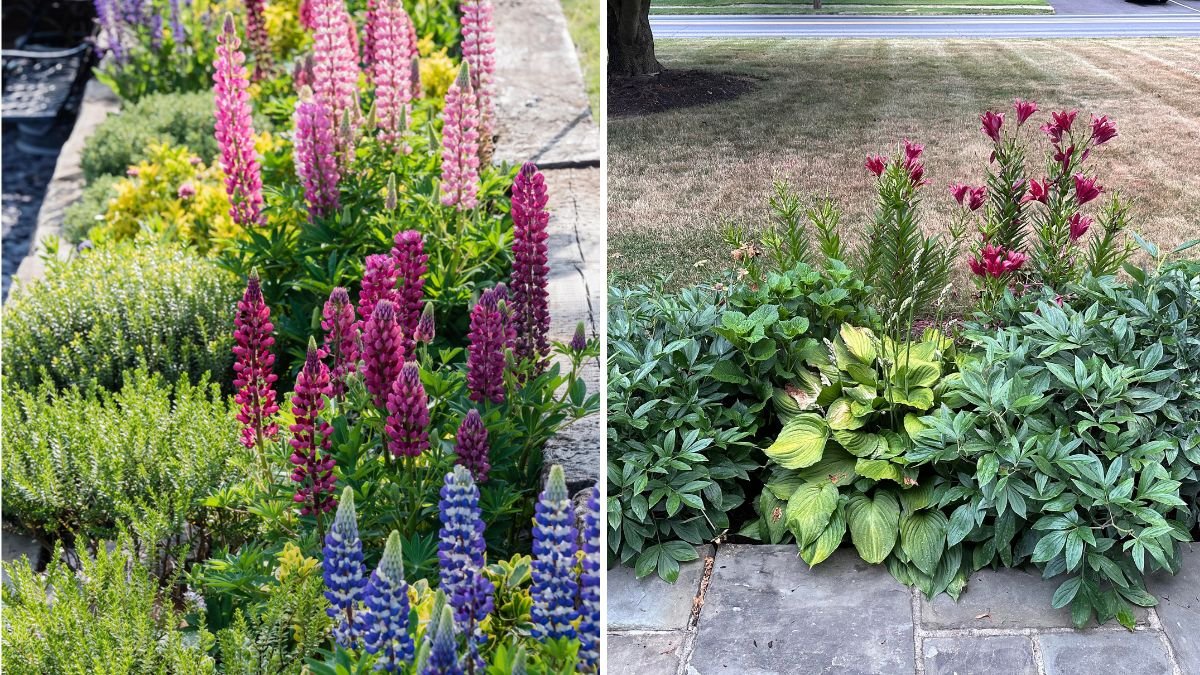A well-designed flower bed is a symphony of color, texture, and form. However, when flowers are planted too closely together, the results can be far from ideal. Overcrowding in flower beds can lead to poor air circulation, increased disease risk, stunted growth, and reduced flowering. Preventing overcrowding is essential for maintaining healthy, visually appealing, and sustainable garden spaces. This article provides detailed insights and practical strategies to prevent overcrowding in flower beds, ensuring that each plant thrives while contributing to the overall beauty of the garden.
1. Understanding the Problems of Overcrowding

Overcrowding occurs when plants are placed too close together, either during initial planting or due to lack of maintenance. Some common consequences include:
- Stunted Growth: Plants compete for sunlight, water, and nutrients, limiting their development.
- Reduced Flowering: Overcrowded plants often produce fewer blooms or smaller flowers.
- Poor Air Circulation: Crowded foliage creates a humid microclimate, promoting fungal diseases such as powdery mildew and botrytis.
- Pest Infestation: Dense growth provides hiding places for pests, increasing the risk of infestations.
- Weed Competition: Dense plantings make it harder to spot and remove weeds, which can further compete for resources.
Understanding these problems emphasizes the importance of proper spacing and thoughtful planning in flower bed design.
2. Start with a Well-Designed Layout
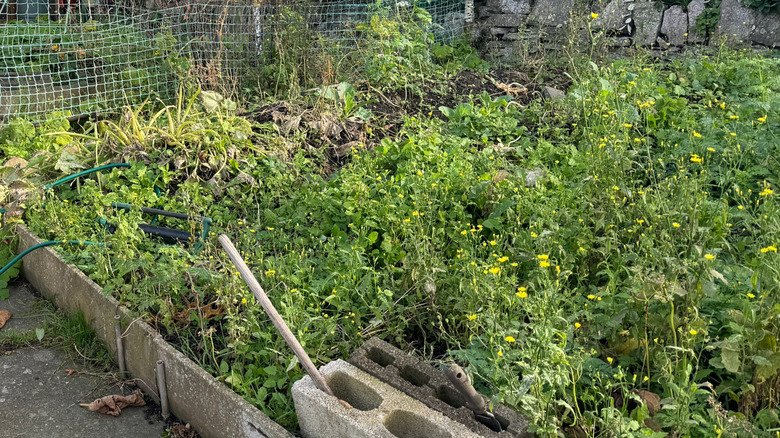
Prevention begins at the planning stage. A thoughtful layout reduces the risk of overcrowding:
a) Consider Mature Size
Every plant has a natural growth size. Check seed packets, nursery tags, or plant databases for expected height and spread.
- Rule of Thumb: Give each plant enough space for its mature size to avoid overcrowding as it grows.
b) Layering and Grouping
Arrange plants based on height, with taller plants at the back or center and shorter plants at the edges. This approach not only prevents shading but also creates a visually balanced bed.
c) Allow Pathways
Include pathways or stepping stones for easy access. This prevents accidental damage when tending plants and provides airflow between clusters.
3. Proper Plant Spacing
Spacing is the most effective way to prevent overcrowding. Proper spacing depends on plant type and growth habit:
- Small Perennials and Annuals: 6–12 inches apart.
- Medium-Sized Perennials: 12–18 inches apart.
- Large Perennials and Shrubs: 18–36 inches or more apart.
Spacing ensures that each plant receives adequate sunlight, water, and nutrients, while reducing the risk of fungal diseases.
4. Choose Compatible Plants
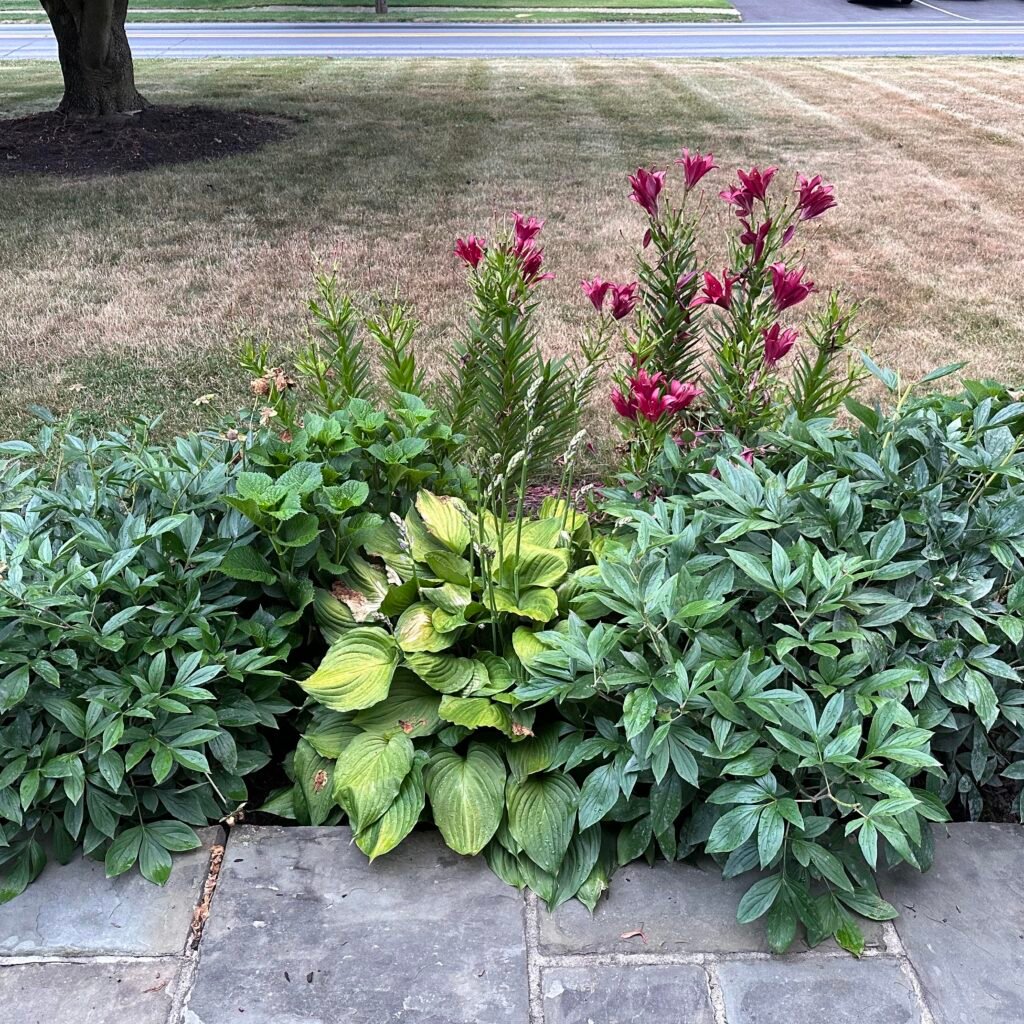
Not all plants are suitable for tight arrangements. Select species that complement each other in growth habit, root depth, and light requirements:
- Vertical Growers: Plants that grow upright, such as foxgloves or delphiniums, reduce horizontal crowding.
- Ground Covers: Low-growing plants like creeping thyme or ajuga can fill spaces without competing with taller plants.
- Similar Water and Light Needs: Group plants with similar care requirements to ensure healthy growth and reduce stress.
Selecting compatible plants prevents competition and maintains harmony in the flower bed.
5. Succession Planting and Rotation
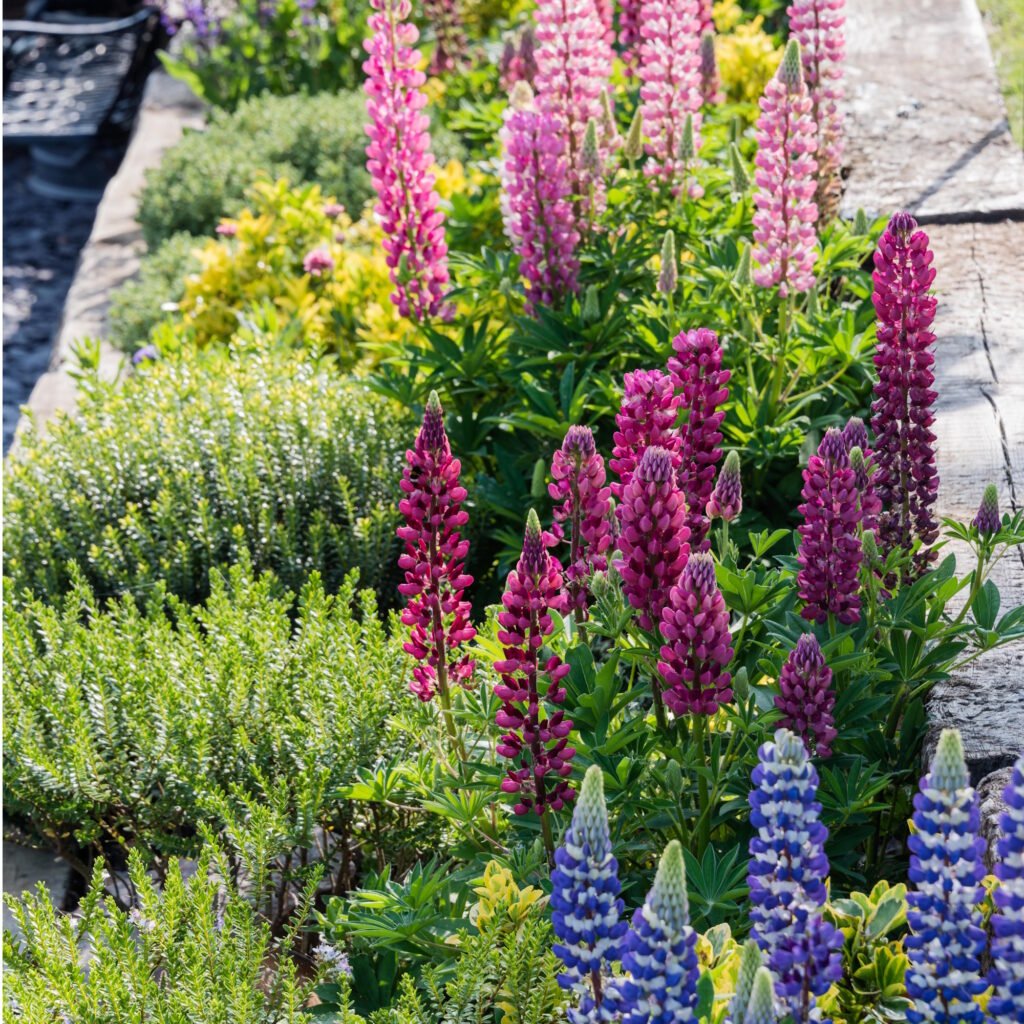
Succession planting involves staggering plantings so that flowers bloom at different times, reducing the density at any given period:
- Example: Plant early spring bulbs such as tulips with summer perennials like coneflowers. When tulips fade, perennials take over the space.
- Rotation: Periodically rotating annuals and perennials helps maintain soil health and prevents one species from dominating the bed.
These strategies ensure continuous blooms without overcrowding.
6. Regular Maintenance
Preventing overcrowding is an ongoing task that requires regular attention:
a) Thinning
Remove some seedlings or young plants if they are too dense. Thinning provides remaining plants with more resources and encourages robust growth.
b) Pruning and Pinching
- Pruning: Trim branches or stems to maintain airflow and shape.
- Pinching: Remove early flower buds in some annuals to encourage bushier growth.
c) Dividing Perennials
Every few years, divide perennials such as daylilies, hostas, and phlox to prevent them from taking over the bed. Dividing not only reduces overcrowding but also rejuvenates the plants.
7. Mulching and Soil Management
Mulching and proper soil care indirectly prevent overcrowding by promoting healthy plant growth:
- Mulch: Organic mulch prevents weeds from competing with your plants, maintaining space for intended species.
- Soil Fertility: Well-fertilized soil ensures plants grow as expected, reducing competition for nutrients.
- Soil Aeration: Loosen soil periodically to support healthy root systems and prevent plants from encroaching on each other underground.
Healthy soil encourages balanced growth, reducing the tendency for plants to become overcrowded.
8. Container and Raised Bed Solutions
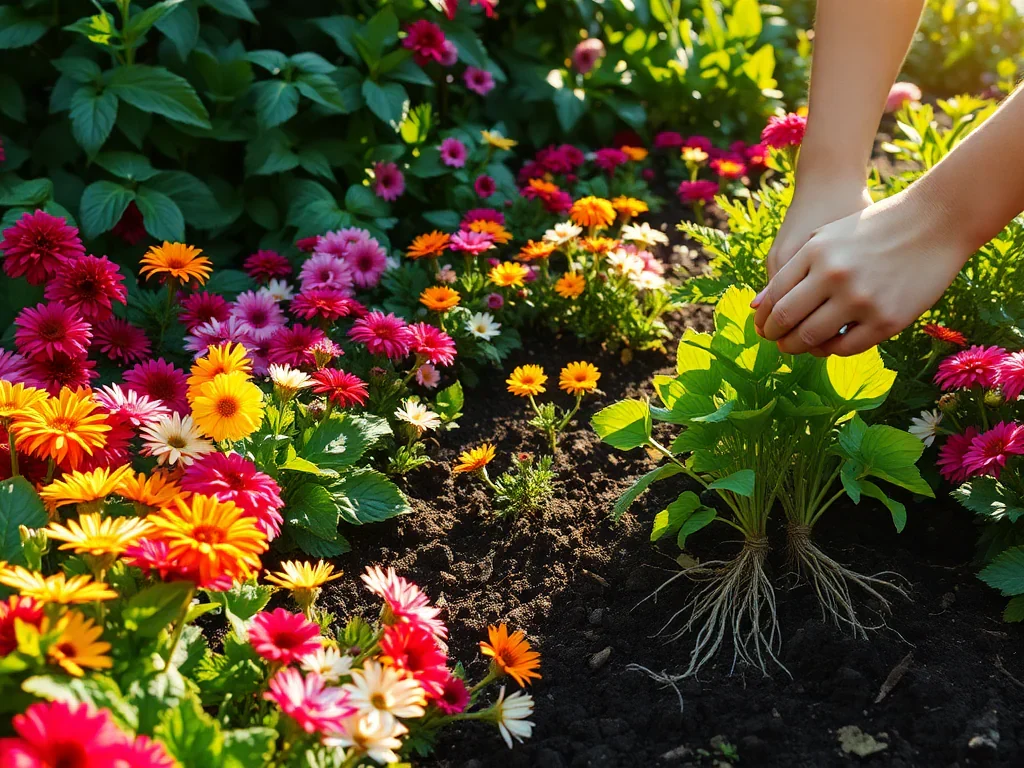
Containers and raised beds offer better control over spacing:
- Containers: Planting in pots or individual containers ensures each plant has its own space. This method is especially useful for tender plants that need protection or controlled soil conditions.
- Raised Beds: Raised beds allow for defined planting zones and prevent natural spreading of aggressive species. They also improve drainage, reducing fungal risk.
These methods are ideal for small gardens or urban settings where space is limited.
9. Use Edging and Barriers
Physical barriers can help control plant spread:
- Edging: Use stone, brick, or metal edging to prevent creeping plants from invading neighboring beds.
- Root Barriers: Install root barriers for aggressive perennials to contain their growth underground.
Proper use of barriers ensures that each plant respects its designated space and does not overtake others.
10. Monitor Growth Patterns
Every plant grows differently depending on climate, soil, and care:
- Observation: Regularly monitor plants to identify early signs of overcrowding.
- Intervention: Move, prune, or divide plants as needed to maintain optimal spacing.
- Record Keeping: Keep notes on growth patterns and bloom timing to plan future plantings more effectively.
Continuous observation is the key to maintaining a healthy, overcrowding-free flower bed.
11. Designing for Visual Impact
Preventing overcrowding is not only about plant health; it also enhances the visual appeal of your flower beds:
- Contrast and Texture: Provide breathing space to highlight individual plants and textures.
- Seasonal Planning: Combine early, mid, and late bloomers to ensure continuous visual interest without overcrowding.
- Focal Points: Use taller plants or garden ornaments as focal points to draw the eye and maintain structure.
A well-spaced flower bed looks organized, vibrant, and inviting, while overcrowded beds appear chaotic and dull.
Conclusion
Preventing overcrowding in flower beds is essential for creating a healthy, vibrant, and visually appealing garden. By understanding plant growth habits, planning layouts thoughtfully, providing proper spacing, selecting compatible species, and performing regular maintenance such as thinning, pruning, and dividing, gardeners can ensure that each plant thrives. Additional strategies, including container gardening, raised beds, mulching, and using barriers, help maintain structure and prevent aggressive growth. Ultimately, a well-spaced flower bed not only reduces disease and pest problems but also enhances the beauty of your garden, making it a sustainable and enjoyable outdoor space throughout the growing season.
